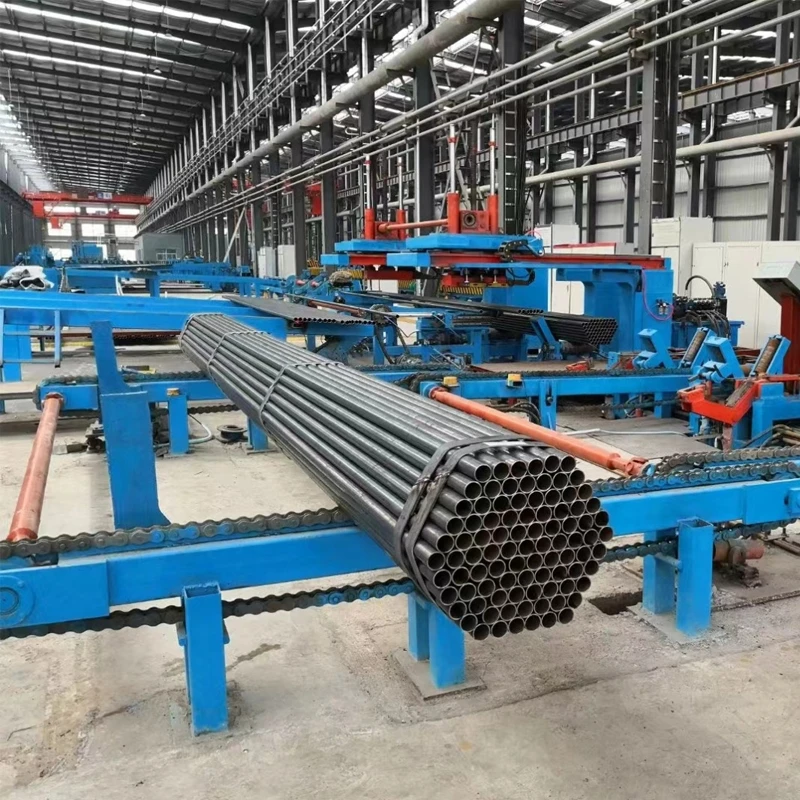welding machine for ppr pipe
The Importance of Welding Machines for PPR Pipes
PPR (Polypropylene Random Copolymer) pipes have gained immense popularity in various industries due to their durability, resistance to chemicals, and ability to withstand high temperatures. However, for these pipes to function efficiently, seamless jointing is crucial. This is where welding machines specifically designed for PPR pipes come into play. These machines ensure that PPR pipes are joined securely, providing longevity and effectiveness in plumbing and construction applications.
What is PPR Pipe?
PPR pipes are a type of plastic piping used for hot and cold water supply, heating systems, and other applications. They are lightweight, corrosion-resistant, and have a lower thermal conductivity compared to metal pipes. These advantages make PPR pipes a preferred choice for many engineers and builders. However, to optimize these benefits, proper installation techniques, particularly welding, are essential.
How Do Welding Machines Work?
Welding machines for PPR pipes typically employ two primary methods socket fusion and butt fusion.
1. Socket Fusion This method involves heating the ends of two pipe sections with a welding machine until they reach a melting point. Once the appropriate temperature is achieved, the ends are joined, fusing them together as they cool. Welding machines designed for socket fusion often come equipped with temperature controls and timers to ensure precision, thereby avoiding overheating or underheating—the leading causes of joint failure.
2. Butt Fusion In butt fusion, the ends of two pipes are brought together and heated simultaneously with a heating element. After reaching the melting point, the pipes are pressed together, resulting in a strong, seamless joint. Butt fusion machines vary in size and capacity, catering to different pipe diameters and thicknesses. This method is particularly beneficial for larger diameter pipes used in industrial applications.
Both methods require skilled operation to achieve the best results. Hence, training and familiarity with the machinery are essential for operators to prevent potential mishaps during the welding process.
welding machine for ppr pipe

Importance of Using Welding Machines
Using dedicated welding machines for PPR pipes provides several benefits
1. Enhanced Durability Proper welding techniques ensure that the joints are strong and can withstand pressure, minimizing the risk of leaks. This is especially critical in applications involving high-pressure water supply.
2. Temperature Control PPR pipes require precise temperature regulation during the welding process. PPR welding machines come with built-in thermostats that help maintain optimal heat levels, preventing damage to the pipe while ensuring a secure bond.
3. Time Efficiency Automated welding machines can significantly reduce the time required to make joints. This time-saving aspect is crucial in large projects where efficiency impacts overall productivity.
4. Cost-Effectiveness While the initial investment in a quality welding machine may be significant, the long-term savings in maintenance, water leak repairs, and increased project efficiency outweigh the upfront costs.
5. Versatility Welding machines for PPR pipes are generally versatile, often accommodating various pipe sizes and types. This flexibility allows for broader applications across different projects.
Conclusion
In conclusion, investing in a welding machine for PPR pipes is an essential consideration for anyone involved in plumbing, construction, or industrial piping systems. The benefits—ranging from enhanced durability and efficiency to significant cost savings—are compelling reasons for their use. As industries increasingly turn to PPR for its myriad advantages, the importance of specialized welding machines will undoubtedly continue to grow. Ensuring skilled operators handle these machines will lead to successful jointing, further solidifying PPR pipes’ reputation as a reliable option for modern piping solutions. As technology advances, we can expect even more innovative welding machines to enhance the overall performance of PPR pipe installations, paving the way for safer and more efficient infrastructure.
-
High Frequency Straight Seam Welded Pipe Production Line-BzZhou Xinghua Machinery Equipment Manufacturing Co., LTD.|line pipe steel&welded gas pipeNewsJul.30,2025
-
High Frequency Straight Seam Welded Pipe Production Line-BzZhou Xinghua Machinery Equipment Manufacturing Co., LTD.|High Precision&Automated SolutionsNewsJul.30,2025
-
High Frequency Straight Seam Welded Pipe Production Line - BzZhou Xinghua Machinery Equipment Manufacturing Co., Ltd.NewsJul.30,2025
-
High Frequency Straight Seam Welded Pipe Production Line-BzZhou Xinghua Machinery Equipment Manufacturing Co., LTD.|Precision Welding, High EfficiencyNewsJul.30,2025
-
High Frequency Straight Seam Welded Pipe Production Line|BzZhou Xinghua|Precision Welding&EfficiencyNewsJul.30,2025
-
High Frequency Straight Seam Welded Pipe Production Line - BzZhou Xinghua|Precision Engineering&EfficiencyNewsJul.30,2025


